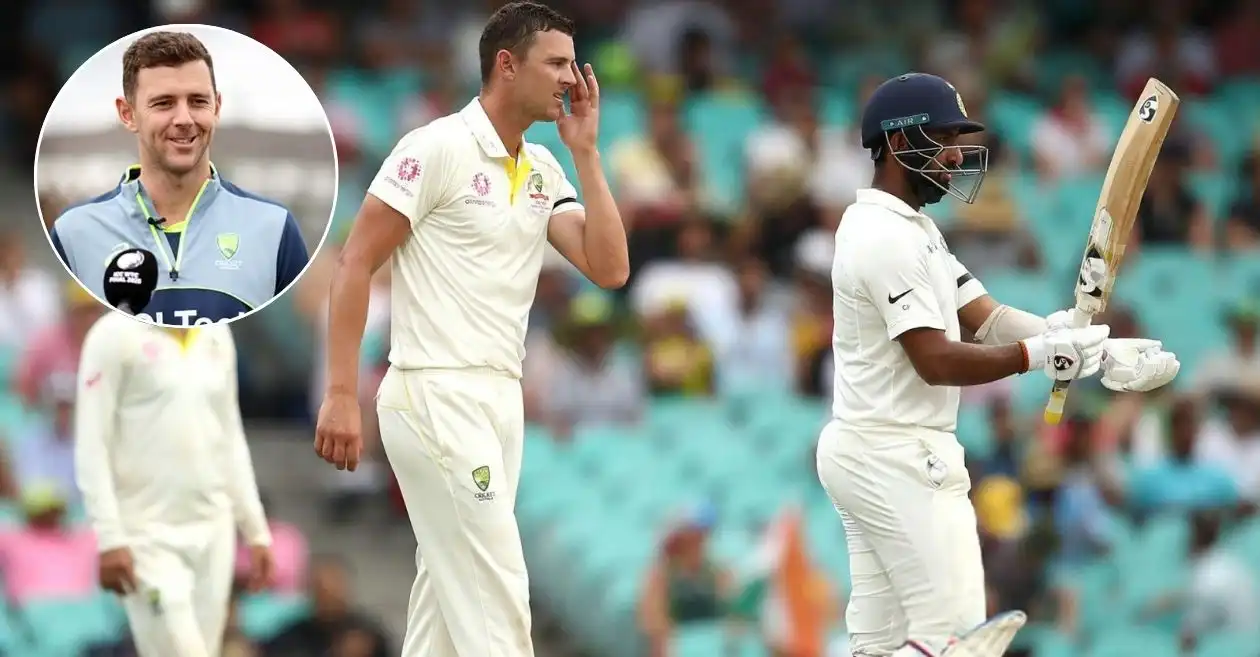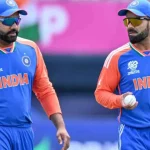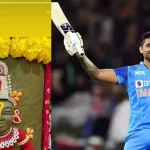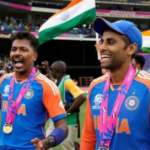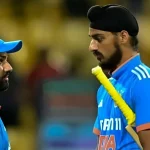The cricket world stood still for a moment when Cheteshwar Pujara, India’s modern-day Test warrior, announced his retirement from international cricket. For nearly 13 years, he carried India’s batting hopes in the longest format, becoming a symbol of patience, resilience, and quiet determination in an era increasingly dominated by flamboyance and aggression.
Yet, even as tributes poured in—from teammates, fans, and pundits—the internet found its own story to latch onto. A viral post claimed that Australian fast bowler Josh Hazlewood had cheekily called Pujara his “biggest headache.” Screenshots of the post spread like wildfire, with fans chuckling at the thought of one of the world’s premier fast bowlers finally admitting defeat to India’s immovable object.
But was the story real? The answer is both simple and layered—the post was fake, but the sentiment behind it couldn’t have been truer.
The Viral Claim: Hazlewood’s ‘Confession’
The post originated from an account with the handle @Joshazlewood38, which published a tongue-in-cheek farewell message to Pujara:
“You were my biggest headache on the field, now I can bowl freely, without getting tired the whole day. You had a good run, enjoy your retirement! Best wishes for your upcoming journey.”
The message fit the narrative perfectly. Fans who had watched countless India-Australia duels knew exactly what Hazlewood—and every Australian pacer—must have felt bowling to Pujara: endless toil, spells stretched beyond belief, and wickets stubbornly denied.
It didn’t take long for the screenshot to go viral. Indian fans shared it with pride, while Australians shared it with grudging respect. On social media, truth often matters less than relatability, and this “confession” clicked instantly.
The Truth Behind the Post
However, the excitement soon met reality. A closer look at the profile revealed the words: “Parody Account.”
Hazlewood himself has never been on social media. His manager Neil Maxwell has clarified multiple times that the fast bowler deliberately avoids platforms like X (formerly Twitter) and Instagram. Unlike his teammates David Warner or Pat Cummins, Hazlewood prefers to let his bowling do the talking.
Thus, the viral message was not Hazlewood’s real farewell to Pujara. It was satire. But like all good satire, it hit close to the truth.
Why the Post Resonated: Pujara as Australia’s Nightmare
Even if Hazlewood never said it, there’s no denying that Cheteshwar Pujara was Australia’s biggest headache over the past decade. His record speaks volumes:
-
25 Tests vs Australia
-
2,074 runs
-
Average: 49.38
-
5 centuries, 11 fifties
In an era when few batters could consistently withstand the combined might of Hazlewood, Cummins, Starc, and Lyon, Pujara not only survived—he thrived.
The 2018-19 Series: The Defining Battle
No conversation about Pujara and Australia is complete without mentioning India’s historic 2018-19 tour, where he scored 521 runs in four Tests at an average of 74.42.
-
His 123 at Adelaide set the tone for the series, grinding down the Aussie attack in scorching heat.
-
His 193 at Sydney was the crowning jewel, batting over eight hours to ensure India secured their first-ever Test series victory on Australian soil.
During that series, Hazlewood himself admitted in press conferences that Pujara’s ability to “bat long and make bowlers bowl 20 overs a spell” was the biggest challenge. He didn’t need to tweet it—he lived it.
The 2020-21 Series: The Bruised Warrior
Two years later, in the 2020-21 series, Pujara’s role evolved from scorer to absorber. At Brisbane, he faced 211 balls for just 56 runs, but his body bore the brunt. Hazlewood, Cummins, and Starc peppered him with short deliveries, striking his helmet, shoulders, and ribs. Yet he stood tall, refusing to give in.
When Rishabh Pant hit the winning runs at the Gabba, Pujara’s battered body and unbroken spirit were as much a part of the victory as Pant’s heroics.
Pujara: The Modern Wall
It is no coincidence that Pujara is often called the “Wall 2.0,” a successor to Rahul Dravid. Like Dravid, he was never flashy. He didn’t play to the gallery. There were no extravagant cover drives like Kohli, no audacious scoops like Pant, and no towering sixes like Rohit Sharma. Instead, his currency was time—the one thing bowlers hate the most.
Where modern cricket celebrates strike rates, Pujara celebrated dot balls. Where others saw risk-free singles, he saw the value of leaving deliveries. In a way, he was an anomaly in the T20 era, a man who reminded us why Test cricket is still called the “ultimate test.”
Hazlewood and Pujara: A Rivalry of Respect
Though Hazlewood never actually called Pujara his “biggest headache” online, the rivalry between the two was one of mutual admiration. Hazlewood once said in an interview:
“He’s someone who doesn’t change his game, regardless of the situation. He trusts his defense so much, and that frustrates you as a bowler.”
Coming from a bowler celebrated for accuracy and patience, this was the ultimate compliment. If Hazlewood prided himself on consistency, Pujara prided himself on resisting it. Every dot ball was a mini battle, every over a war of attrition.
Reactions from the Cricketing World
When Pujara announced his retirement, tributes poured in from legends across the world:
-
Virat Kohli called him “the backbone of India’s Test success abroad.”
-
Steve Smith tweeted that he had “never faced someone who could take the sting out of Australian quicks like Pujara did.”
-
Ravi Shastri dubbed him “the warrior who never wore armor.”
The Hazlewood parody post may have been fake, but in some ways, it echoed the respect even opponents had for Pujara.
Beyond Numbers: Pujara’s Legacy
While his statistics are impressive—7,195 runs in 103 Tests, 19 centuries, an average of 43.6—Pujara’s true legacy lies beyond numbers.
-
Redefining Patience – In a time when cricket demanded speed, he showed the value of slowing down.
-
Team Man – Often criticized for his strike rate, Pujara never cared about personal milestones. His priority was always the team’s position.
-
Inspiration to the Next Generation – Young batters like Shubman Gill have often spoken about learning from Pujara’s temperament.
The End of an Era
Pujara’s retirement leaves a void that won’t be easily filled. India still has a solid Test batting core, but no one quite replicates his ability to turn matches into wars of attrition. His absence will be felt most when India tour Australia again, where his defiance had become a ritual.
For Australia, the relief is real—even if Hazlewood never typed those words. No longer will they have to spend endless hours bending their backs, only to see Pujara still standing, bat tucked under his arm, helmet smeared with red marks, and the scoreboard inching forward.
A Fake Post, a Real Truth
The viral Hazlewood post may have been the work of a parody account, but it captured the essence of Cheteshwar Pujara’s career. For bowlers, he was indeed a headache, an unsolvable puzzle, a roadblock that tested patience like no other. For fans, he was a reminder that cricket is not always about flair; sometimes, it’s about grit.
As he walks away from international cricket, the legacy of Pujara is simple:
He made time his ally, pressure his playground, and bowlers his weary companions. If Dravid was the Wall, Pujara was the fortress—unyielding, unbroken, unforgettable.
And somewhere in Sydney or Melbourne, even if not on Twitter, Josh Hazlewood is probably nodding in agreement.
Please check for information on the best betting sites in India – https://selectory.org/best-betting-sites/
